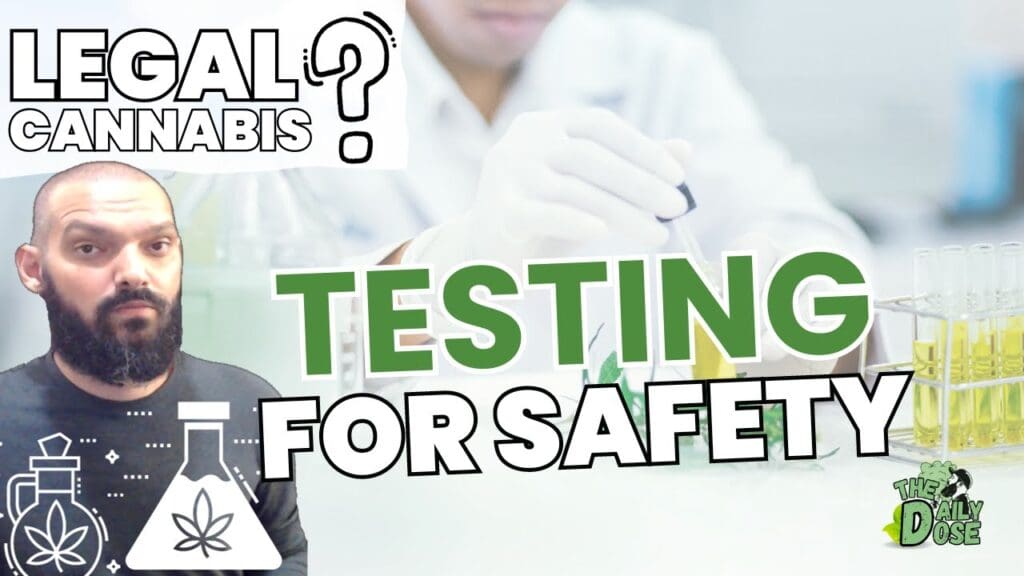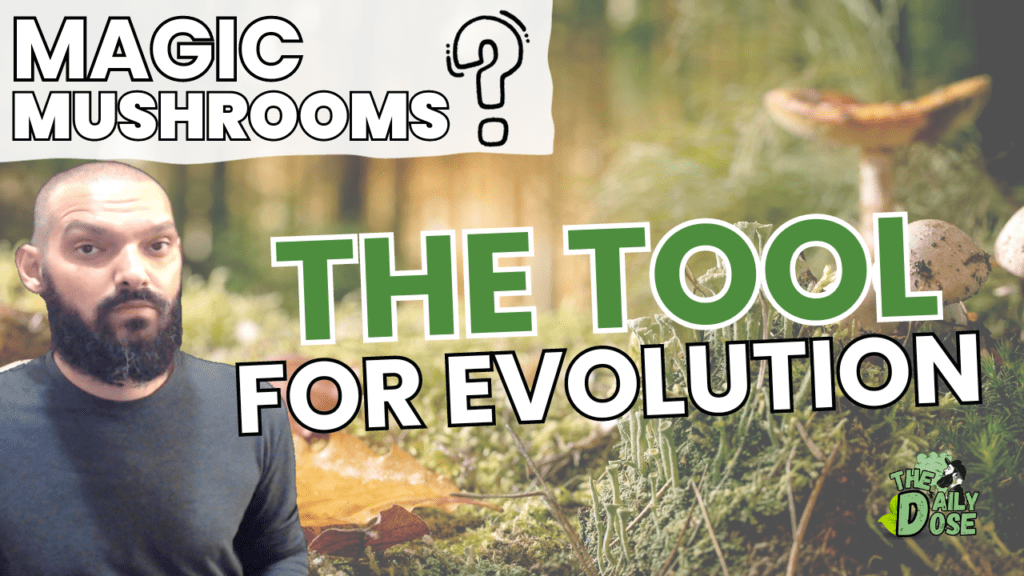Listen to the full episode here: The Daily Dose Podcast
Cannabis Testing The Safety Standardization And Methods
Introduction
As the cannabis industry continues to burgeon, ensuring the safety of cannabis products becomes paramount. Cannabis testing plays a pivotal role in this endeavor, not only for regulatory compliance but also for safeguarding consumers from potential health risks.
This comprehensive exploration delves into the most accurate forms of cannabis testing and the common methods employed today, unraveling the intricacies of each technique and its contribution to ensuring the safety and quality of cannabis products.
Why Cannabis Testing is Crucial
The allure of cannabis goes beyond recreational and medicinal use, with a surge in demand for diverse products. However, the potential health risks associated with contaminated cannabis necessitate stringent testing measures.
Beyond health concerns, regulatory standards mandate thorough testing to ensure that cannabis products meet specific criteria before reaching consumers, highlighting the essential role of testing in maintaining both public health and legal compliance.

The Most Accurate Forms of Testing
In the realm of cannabinoid testing, accuracy is paramount. Several techniques have emerged as frontrunners in ensuring precision and reliability. Chromatography techniques, Mass Spectrometry (MS), and Nuclear Magnetic Resonance (NMR) have become pillars of accuracy in testing, each offering unique insights into the composition of cannabis products.
Common Methods Used Today
Marijuana testing encompasses a spectrum of analyses, reflecting the multifaceted nature of the plant. Common methods include cannabinoid profiling, terpene analysis, residual solvent testing, pesticide screening, microbial analysis, heavy metal testing, and mycotoxin testing. Each method serves a distinct purpose, contributing to a comprehensive understanding of the safety and quality of cannabis products.
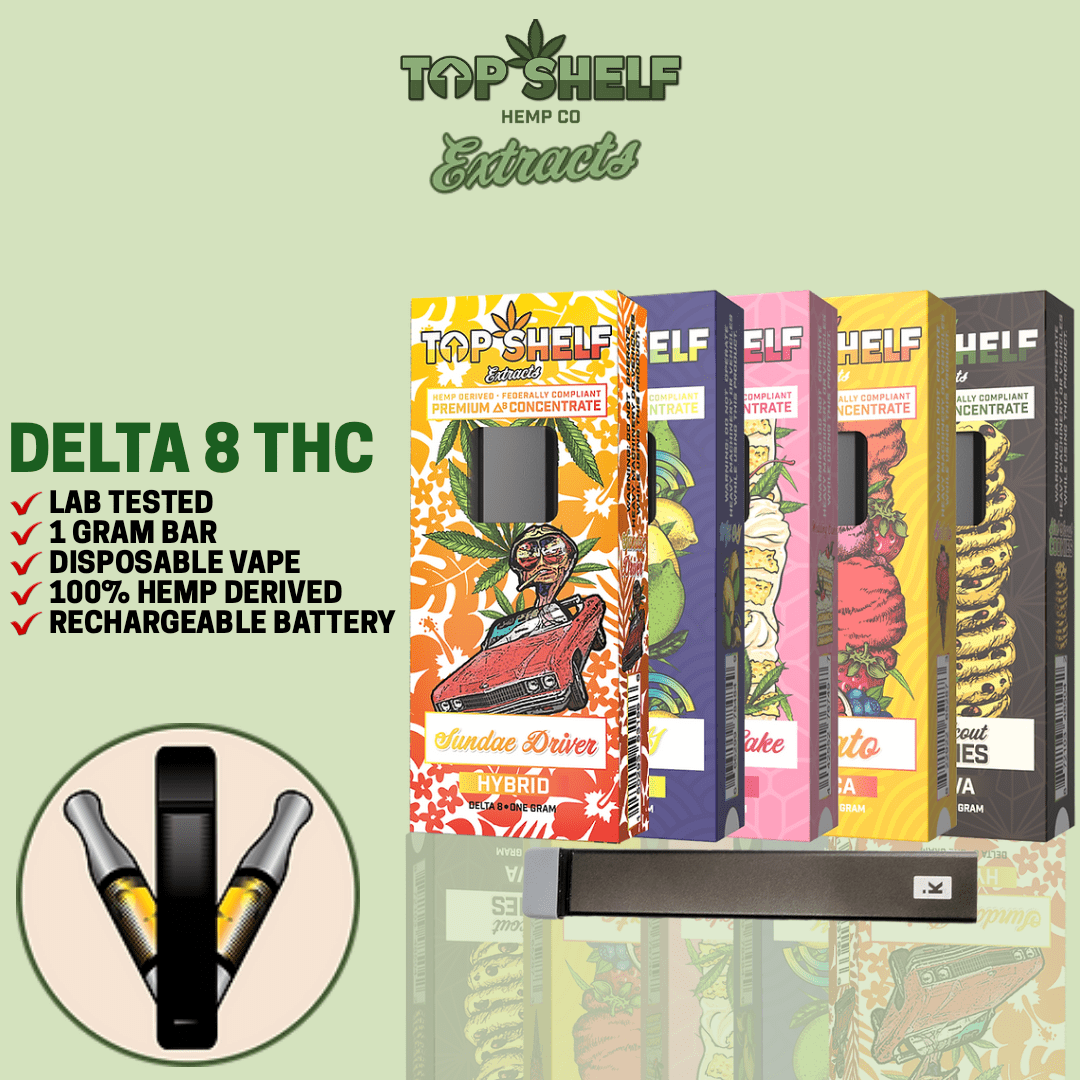
Chromatography Techniques in Detail
Gas Chromatography (GC)
Gas Chromatography separates and analyzes compounds based on their vaporization properties. It is widely used for cannabinoid profiling but comes with limitations, such as the decarboxylation of cannabinoids during the heating process.
Liquid Chromatography (LC)
Liquid Chromatography is versatile and suitable for a broader range of compounds. It is particularly effective for analyzing cannabinoids and terpenes, providing accurate and reliable results without the drawbacks associated with Gas Chromatography.
Mass Spectrometry (MS) in Detail
Mass Spectrometry identifies and quantifies compounds by measuring their mass-to-charge ratios. Widely employed in testing, MS enhances the specificity and sensitivity of analysis, offering insights into cannabinoids, terpenes, and contaminants.
Nuclear Magnetic Resonance (NMR) in Detail
Nuclear Magnetic Resonance utilizes magnetic fields to study the nuclear properties of atoms. While less commonly used in testing, NMR provides detailed structural information, offering a non-destructive and high-throughput method for analysis.
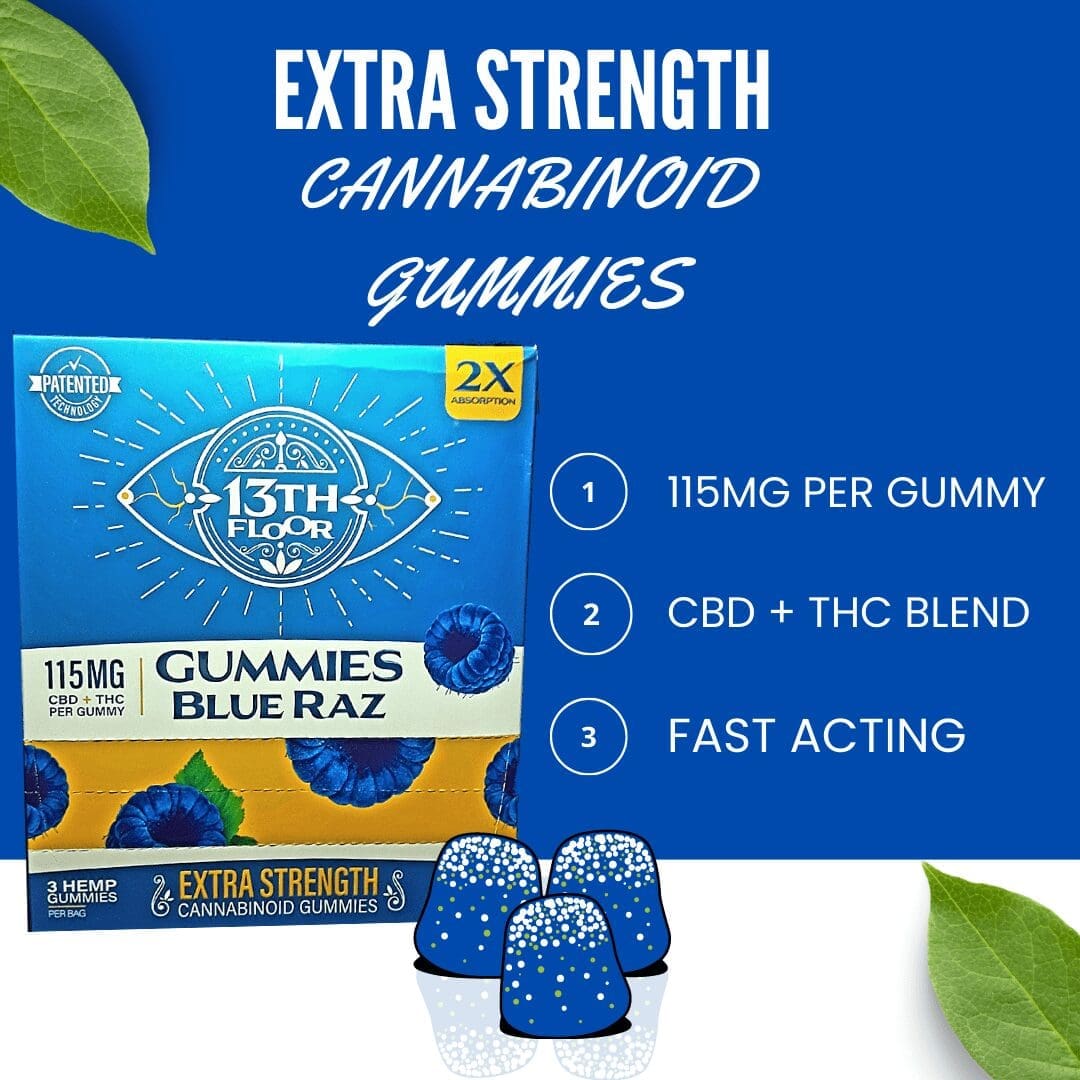
Pros and Cons of Testing Methods
Pros:
- Ensuring Safety: Rigorous testing safeguards consumers from potential health risks associated with contaminants.
- Regulatory Compliance: Testing ensures that cannabis products meet regulatory standards, contributing to legal compliance.
- Informed Consumer Choices: Accurate testing empowers consumers to make informed decisions about the products they choose.
Cons:
- Cost Implications: Implementing sophisticated testing methods can incur significant costs, impacting businesses and potentially leading to higher product prices.
- Variations in Standards: Divergent testing standards across regions and jurisdictions pose challenges for consistency in the cannabis industry.
- Evolving Technology: As technology advances, testing methods may need continual adaptation, potentially causing discrepancies between older and newer methodologies.
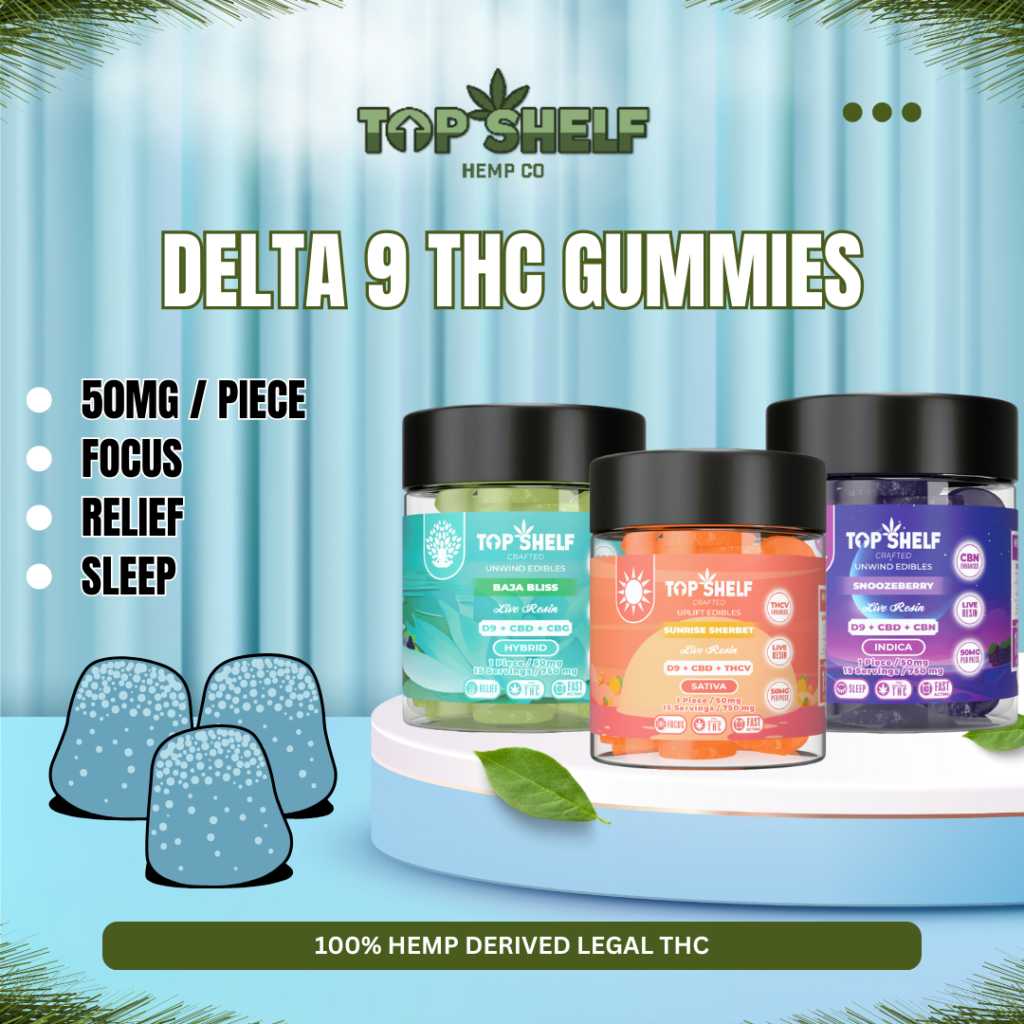
Conclusion: Safeguarding Cannabis Consumers Through Rigorous Testing
In conclusion, marijuana testing emerges as a linchpin in the broader cannabis industry, ensuring not only regulatory compliance but also the safety and quality of products reaching consumers. The array of testing methods, from chromatography techniques to Mass Spectrometry and NMR, contributes to a comprehensive understanding of cannabis composition.
As technology evolves, the cannabis industry must navigate the dynamic landscape of testing methodologies, consistently striving for accuracy to meet the ever-growing demands for safe and high-quality cannabis products.
FAQs
How does testing ensure consumer safety?
Are there standardized testing methods for cannabis?
How do testing costs impact the cannabis industry?
Why is it important for consumers to make informed choices through testing?
Related Articles:
- Cannabis Delivery Drivers Violently Robbed
- Cannabis Lounges Coming To A City Near You
- THC Edibles Myths And Facts A Simple Guide
- Vaping vs Smoking Cannabis: A Quick Guide
- Cannabis Recall California Cannabis Corner
Meet The Author


